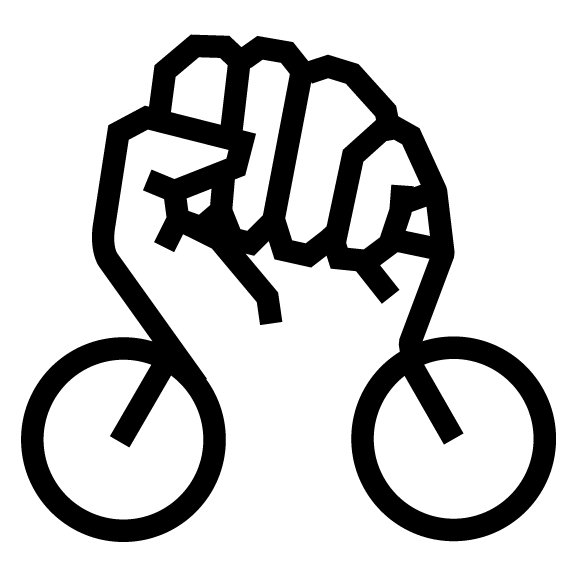Some folks have nightmares about showing up for a ride in the "wrong" outfit. Never mind having a flat or other bicycle malfunction: They worry about not wearing the right team kit, or cycling clothes that are "out". Or--horrror of horrors!--embarking on a ride clad in "civilian" clothes.
The temperature was 5C (40F), but the air was dry. So, after emergency crews treated him, he was OK.
Time was when I had such fears. These days, I ride either whatever I think will be most comfortable or strikes my fancy. The only bike-specific garments I now own are gloves (Do they count?) and a couple of pairs of cold-weather tights.
Worrying about whether you have the "right" bike clothes is what might be called a "first world" problem: more specifically, one endemic to certain segments of cyclists in the developed world.
I'm not sure that children anywhere worry much about what they wear when they're riding. Their nightmares might have to do with not wearing clothes at all: Children often wake up in terror after going to school or some other place, naked, in their dream-world.
Unfortunately, for one 4-year-old boy in Gastonia, North Carolina, such a nightmare was all too real. At half past midnight on Thursday, he was seen riding his bike naked, in the middle of the road in front of--are you ready for this?--a nightclub.
The temperature was 5C (40F), but the air was dry. So, after emergency crews treated him, he was OK.
Things didn't end so well for his mother, though. She now faces charges of child abuse and resisting her arrest.
In an earlier post, I wrote about Naked Bike Rides. I don't think this is what they had in mind, though!


















